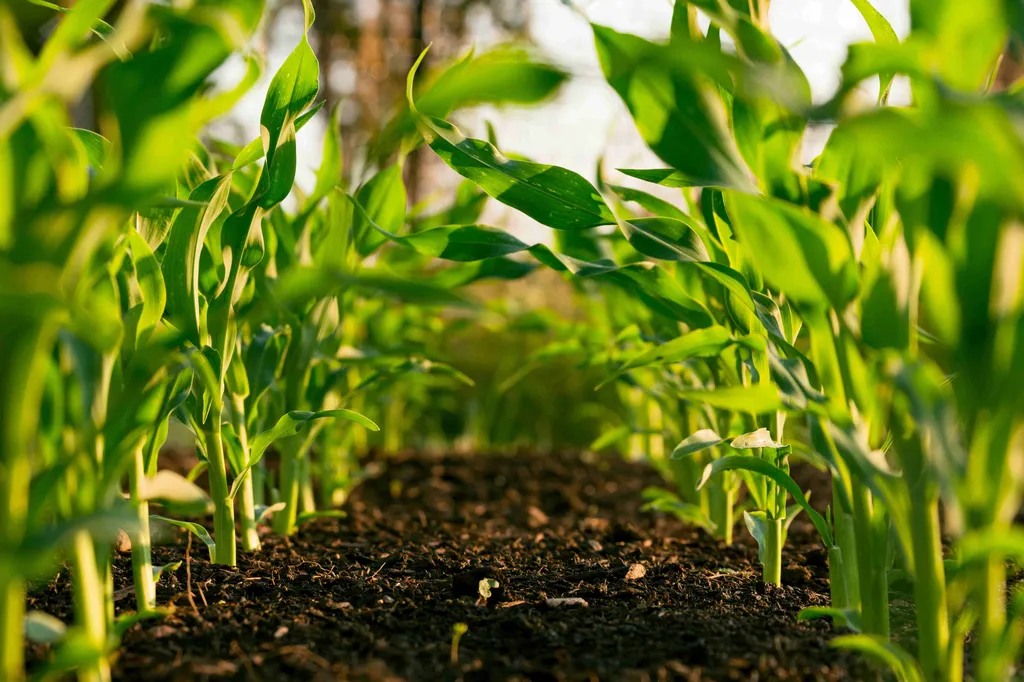In the heart of Punjab, India, a groundbreaking study has emerged from the Faculty of Agricultural Sciences at DAV University, Jalandhar, that could reshape the way farmers approach onion cultivation. Led by Vikram Pal, the research delves into the intricate dance between biofertilizers and chemical fertilizers, seeking to unlock the secrets of maximizing onion growth, yield, and quality. The findings, recently published in the ‘International Journal of Economic Plants’ (translated as ‘International Journal of Economic Plants’), offer a promising glimpse into the future of sustainable agriculture.
The study, conducted during the 2022–2023 rabi season, meticulously evaluated the impact of various combinations of biofertilizers and chemical fertilizers on onion variety PRO 7. The results are nothing short of transformative. “We observed substantial improvements in crucial variables such as the number of leaves per plant, number of rings per bulb, plant height, and chlorophyll content,” Pal explains. The standout performer was treatment T10, a blend of 50% NPK (a combination of nitrogen, phosphorus, and potassium) and 50% each of Azotobacter and Azospirillium, which consistently showcased superior growth metrics.
But the story doesn’t end there. Treatment T11, which included a 50% reduction in chemical fertilizers supplemented with 50% each of Azotobacter, Azospirillium, and VAM (vesicular-arbuscular mycorrhiza), not only produced the highest bulb yield per plot and per hectare but also elevated levels of ascorbic acid and chlorophyll b. This treatment also yielded the highest gross income, net income, and benefit-cost ratio, making it a commercial powerhouse.
The implications for the agricultural sector are profound. “This research underscores the potential of integrating biofertilizers with reduced chemical fertilizers to achieve sustainable and economically viable onion production,” Pal notes. The findings suggest that farmers can significantly enhance their yields and profitability while reducing their reliance on chemical fertilizers, a move that aligns with the growing global demand for sustainable and eco-friendly agricultural practices.
The study also highlights the importance of chlorophyll content in onions, which is directly linked to the plant’s photosynthetic efficiency and overall health. Treatments T9 and T6 showed significant advancements in growth and quality parameters, including plant height, neck thickness, and total chlorophyll content, as well as maximum TSS (total soluble solids) content in onion. These findings could pave the way for developing new onion varieties with enhanced nutritional profiles and improved market value.
As the world grapples with the challenges of climate change and the need for sustainable agriculture, this research offers a beacon of hope. By demonstrating the viability of biofertilizers and reduced chemical fertilizers, it provides a roadmap for farmers to boost their yields, improve their economic returns, and contribute to a healthier environment. The study’s publication in the ‘International Journal of Economic Plants’ further cements its relevance and potential impact on the global agricultural landscape.
In the words of Vikram Pal, “This is just the beginning. The future of agriculture lies in the intelligent integration of biofertilizers and chemical fertilizers, and our research is a significant step in that direction.” As we look ahead, the lessons from this study could very well shape the future of onion cultivation and beyond, heralding a new era of sustainable and profitable farming.

